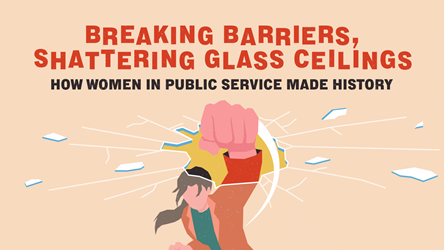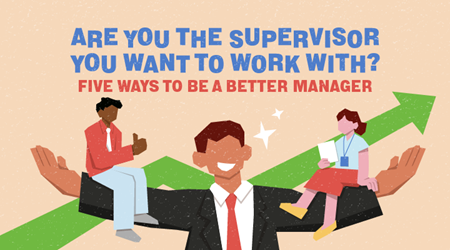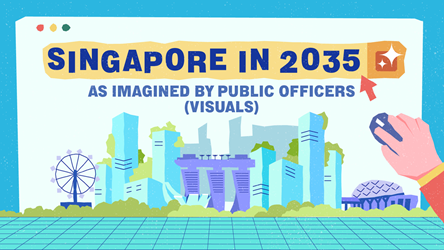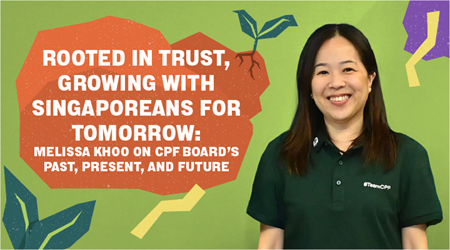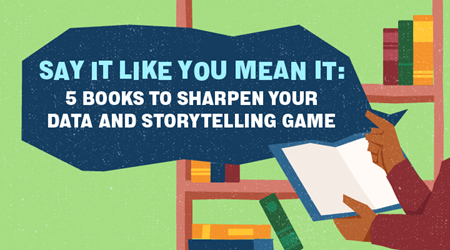Getting Confident About Being Creative

After two decades of developing medical imaging devices, a General Electric Healthcare designer reached a career turning point when he saw a little girl cry.
Mr Doug Dietz was crushed to see the young patient frightened to tears by a new version of a medical scanner he had designed. Intimidated by its size and noise, the girl – and up to 80% of child patients – had to be sedated to remain still enough for a successful scan.
Eager to address that, but without the means to overhaul the machine, Mr Dietz attended a workshop that introduced him to a problem-solving approach that starts with thinking from the user’s perspective.
That inspired him to observe children at childcare centres and talk to child-life specialists to understand what makes children tick. He also tapped the views of experts outside healthcare, including staff from a children’s museum.
The result? The scary scanner was decorated to look like a pirate ship. With colourful decals, the once bleak-looking scanning suite became an island dotted with sand castles, and the scent of coconut filled the room.
Hospital staff would invite the kids on an adventure aboard the “ship”, with the promise of a present from a treasure chest if they complete the “mission”: lying completely still. The children often succeeded, and the sedation rate dropped below 10%.
Redefining creativity
Mr Dietz’s story, highlighted by author Tom Kelley in his 2013 book Creative Confidence, shows how taking an unconventional approach, such as thinking from a child’s perspective instead of adopting new technology, can be the key to producing creative solutions.
Indeed, Mr Kelley believes that anyone who can find new ways to solve a problem is creative.
“You don’t have to be an artist to be creative,” said the partner at IDEO, a global design and innovation firm. “Creativity is the natural human ability to come up with a fresh idea, and everybody’s got it.”
What some people need, however, is the courage to develop and act on their out-of-the-box ideas, Mr Kelley told Challenge.
Combine the mindset that everyone can be creative with the courage to act on innovative ideas, and you get “creative confidence”, a termed coined by Mr Kelley and his elder brother David, a co-founder of IDEO.
The Kelleys have observed that creative confidence helps individuals excel at work and spark meaningful change around them.
Taking the first step
If you find it tough to get ideas from scratch, the younger Mr Kelley recommends getting started by putting your own spin on ideas that are already out there in the world.
This is not about copying, it’s about looking for the best inspiration elsewhere in the world and building on it.
These ideas can come from beyond your country, industry or generation, he added.

Take the example of Japanese brand Muji, known for their products with minimalist looks. The brand’s designers were influenced by a 1970s American trend of generic products sporting only black and white labels, with no logos or brands. While in a Los Angeles supermarket, the Japanese designers were intrigued by beer cans simply labelled “Beer”. That inspired them to develop their own version of no-frills products with simple packaging and colours – now an international success.
“They got inspiration from elsewhere to create a brand that I think of as distinctively Japanese,” said Mr Kelley.
Beyond your profession
Closer to home, a simple way of gleaning useful insights is to look outside your profession or field.
Mr Kelley cited an example from London’s Great Ormond Street Hospital. Doctors there developed a more coordinated method for transferring post-surgery patients to the Intensive Care Unit – by learning from the Ferrari Formula One pit crew.
The doctors observed how Ferrari technicians synchronised their efforts to service a race car within seconds, and applied these strategies to handovers between medical teams, reported the Wall Street Journal. For example, they appointed a doctor to lead the handover process, and created a checklist to guide and better organise the effort – leading to more than 40% reduction in errors.
These improvements were only possible because of the medical team’s humility to admit that they did not have the best method, and their openness to learn from others who are not healthcare experts, said Mr Kelley. “Imagine if the doctors didn’t listen (to the Ferrari technicians).”
Learning from unusual suspects
A great way to gain a fresh perspective, said Mr Kelley, is to exchange ideas regularly with a “reverse mentor”, someone who is at least five years younger than you.
For example, when Procter & Gamble started looking into biotechnology, the company’s management team learnt from younger colleagues who had studied the topic more recently in school.
Through informal chats over a meal or a cuppa, the younger ones could share ideas or insights that elders are less familiar with, even beyond pop culture.
Make creativity a habit
While these tips can help you kick-start your journey towards creative confidence, Mr Kelley called building up creative confidence a long-term process, akin to mastering chess.
“The rules are not hard! You can intellectually understand chess in an hour and still spend a lifetime mastering it,” he said.
Similarly, constant practice will help to strengthen your creative confidence.
To develop creativity as a habit, set a creative goal and include a variety of activities in your daily life to help you achieve it. Whether it is inviting a younger colleague for lunch, or keeping your eyes peeled for new ideas on the way to work, Mr Kelley’s advice is to muster up the courage to start and venture outside your comfort zone.
- POSTED ON
Jan 5, 2016
- TEXT BY
Tay Qiao Wei
- ILLUSTRATION BY
Mushroomhead





